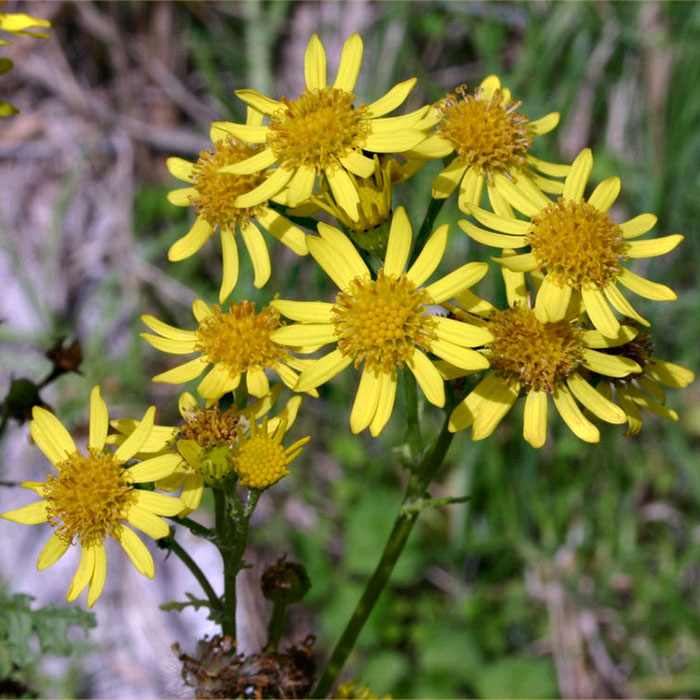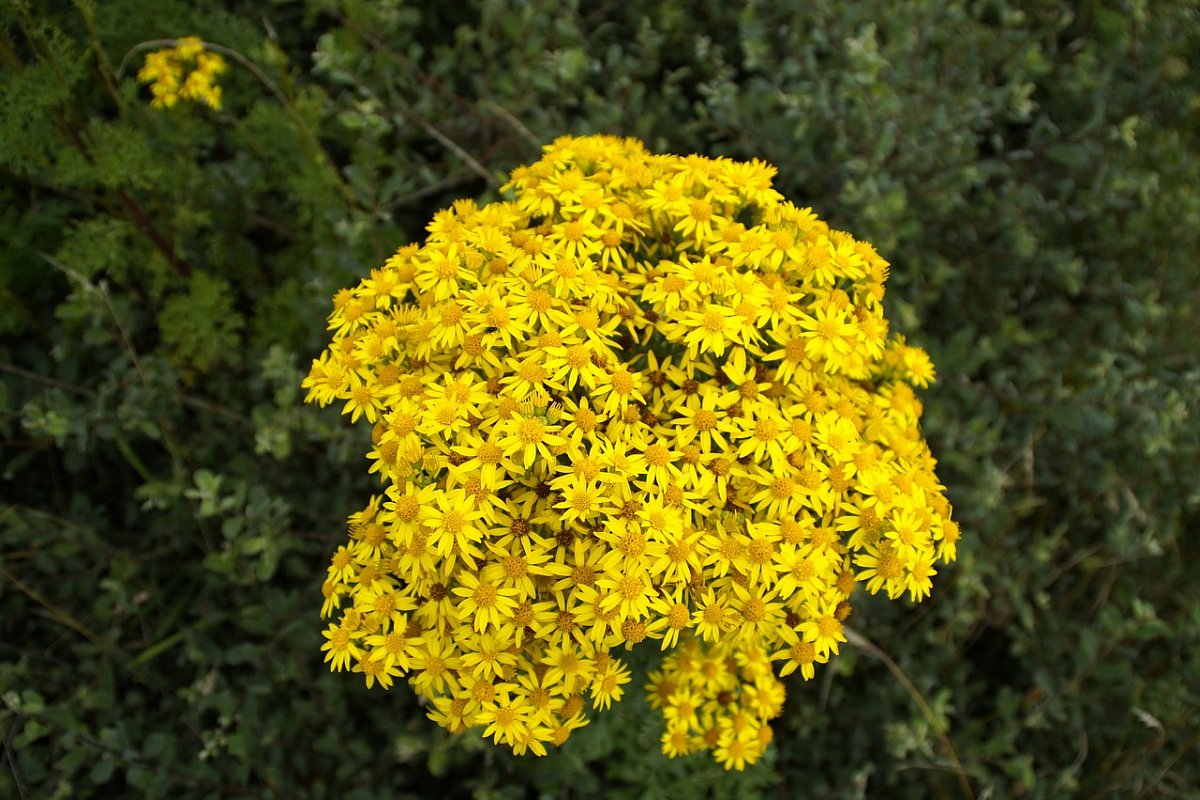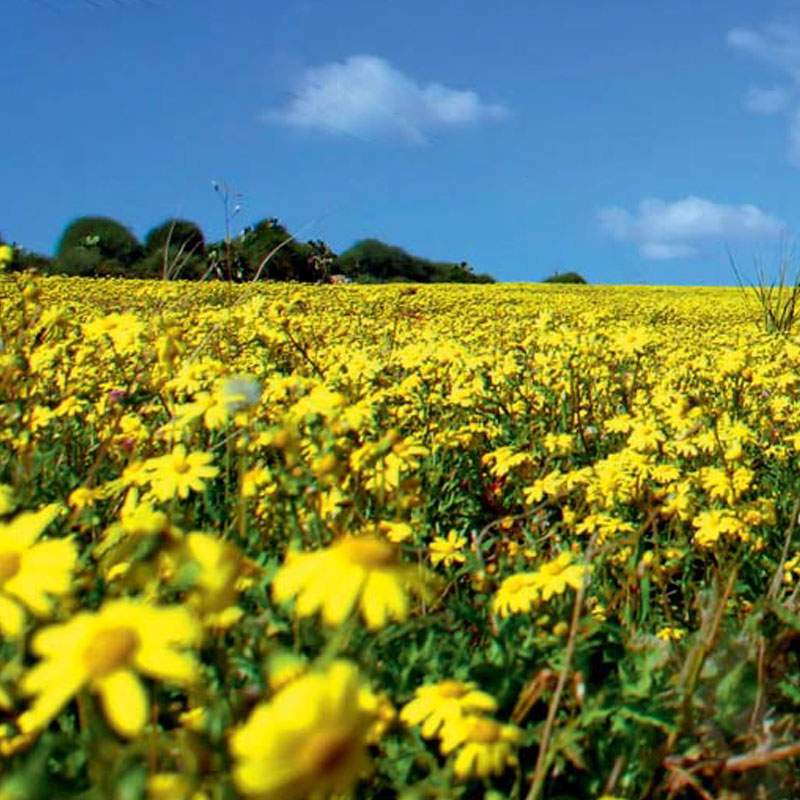Outstanding Info About How To Control Ragwort

The guide offers advice to prevent and control the spread of ragwort where there is a threat to the health and welfare of animals.
How to control ragwort. Plants can be removed by simply digging them out. How to prevent the spread of ragwort: Ł risk assessment and priorities for ragwort.
Barrier h is a natural option for the. The clackamas soil and water conservation district had an article on tansy. Nettles are the food plant of many species including the comma butterfly and the burnished brass moth.
Use grassmate or msf600 for spot spraying,. For gardeners, finding plant s that are both visually stunning and low. Guide to rules on ragwort control for livestock farmers.
Ł identification of common ragwort (senecio jacobaea); Common ragwort ( senecio jacobaea) is part of our native flora. There are three stages in an effective ragwort control plan:
Refer also to herbicides for ragwort control. Kill ragwort with barrier h. A 10 l pack of polo herbicide or pasturemaster will cover about 8 acres and should be used only in a boom spray.
It supports a wide variety of insects, many nationally. Ragwort may need to be controlled when its presence and the likelihood of it spreading to neighbouring land poses a risk to horses and other grazing animals or land. How to manage tansy ragwort.
There are a number of ways ragwort can be controlled organically: Care must be taken as cutting or incomplete. Bramble provides berries and nectar for species such as dormouse, shelter.
Tansy ragwort, senecio jacobaea, is a noxious weed with poisonous alkaloids that. 4 how to control ragwort plant? Whether you're a gardener, farmer or simply looking to tackle this.
Detailed management and control guidelines for ragwort can be found in the ragwort control guide. Gardener carrying pulled ragwort stems. In this concise guide, we'll explore effective strategies to control ragwort and maintain a healthier environment.
A complete guide and care tips. How to control ragwort. Tansy ragwort is an invasive pest in the pnw, known for being toxic to humans, livestock and pets.


















